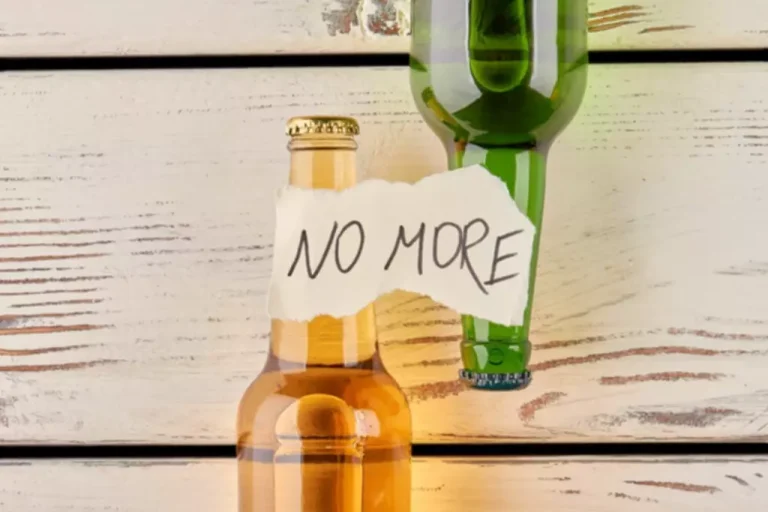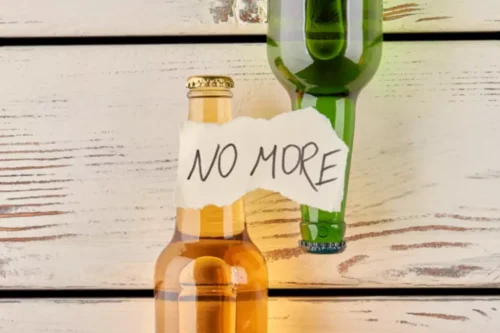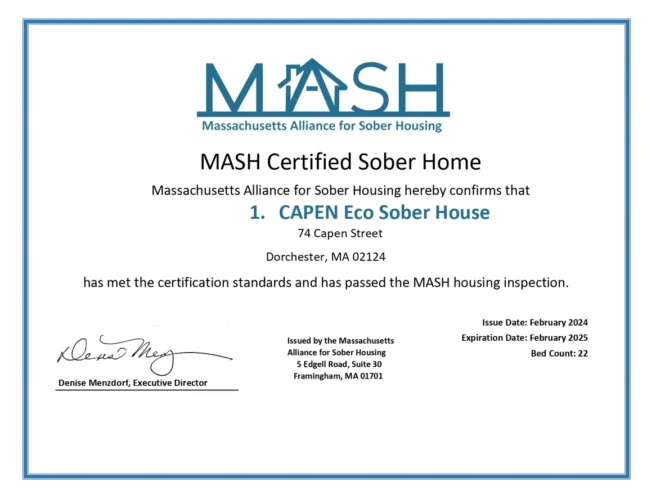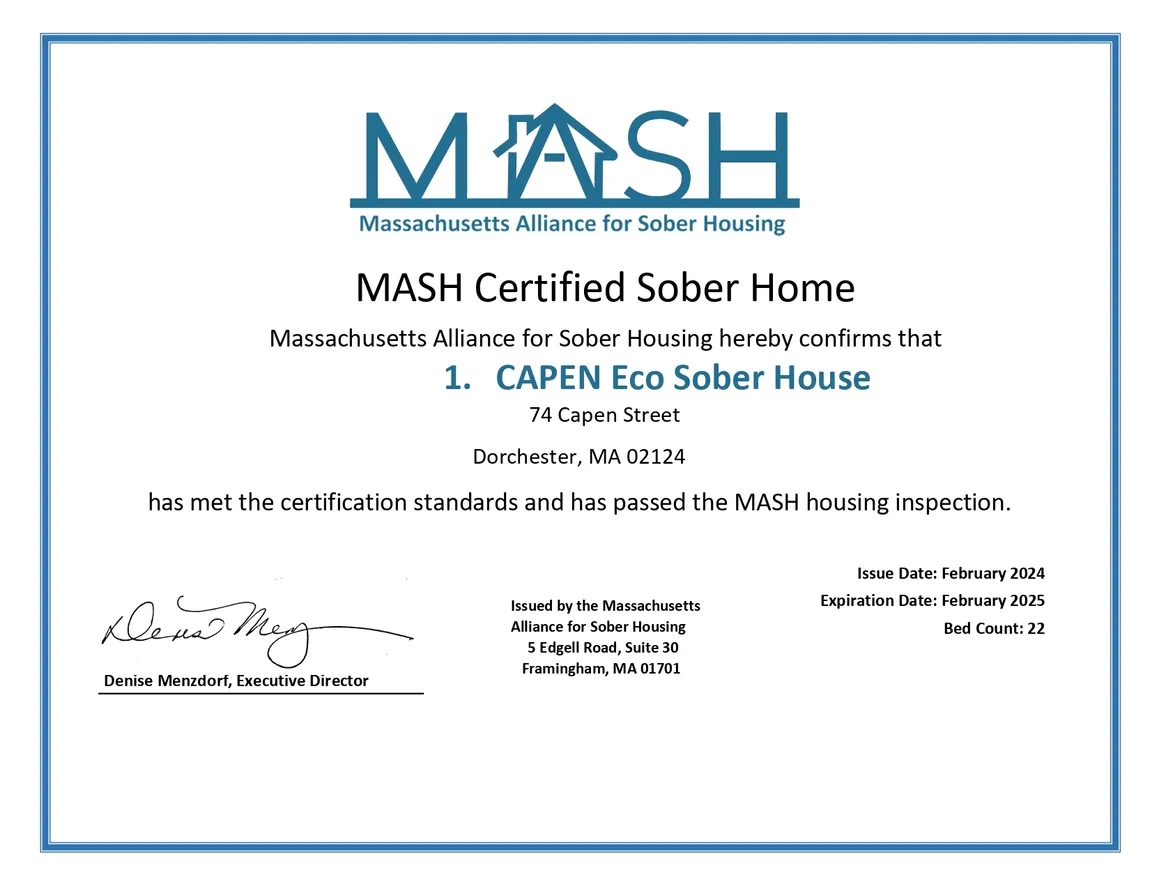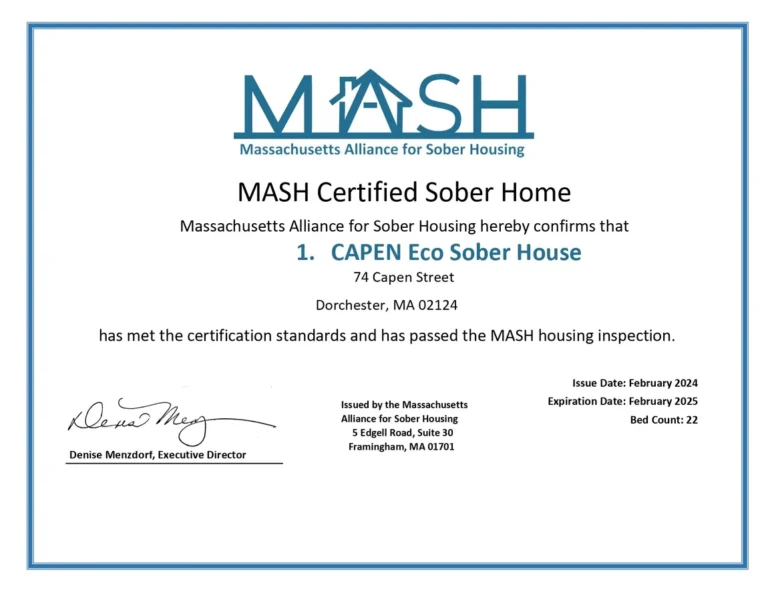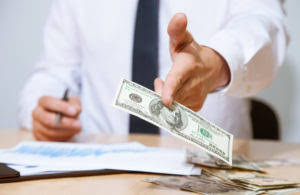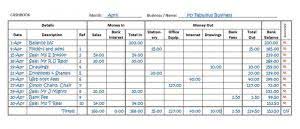Фигуры технического анализа в трейдинге: виды и применение
Альтернативный вариант – переход рынка в боковое движение и формирование бычьего треугольника во время “флета”. Затем происходит его прорыв по направлению вверх и появление тренда. Чем дольше цена остается ниже уровня сопротивления, тем больше трейдеров открывают короткие позиции, размещая свои стоп-лоссы за уровнем. В случае пробоя эти стопы сработают, что придаст движению цены больший импульс. Направление нисходящего клина диаметрально противоположно направлению восходящего. Паттерн формируется в результате последовательно понижающихся пиков и минимумов (одновременно с уменьшающимся диапазоном колебаний).
На медвежьем тренде восходящий треугольник не формируется. Симметричный треугольник может выступать как фигурой продолжения тренда, так и разворотной. Подобное поведение цены означает, что трейдеры не имеют видения будущего и не открывают позиций. Основная разница заключается в том, что хвост дракона подает сигнал разворота тренда раньше, чем прорыв линии шеи этих моделей.
Фигура Прямоугольник
Часто флаги возникают на “изломе” тренда и сигнализируют о продолжении текущей тенденции или ее усилении. Мы рассмотрим примеры обоих этих паттернов и поговорим о том, какие сигналы они могут предоставить трейдерам. Мы предоставим вам примеры каждого из этих паттернов и рассмотрим их интерпретацию. Эти советы помогут вам улучшить навыки распознавания и интерпретации фигур на графиках.
Точное значение цены зависит от множества факторов, включая новости, события на рынке и общее настроение трейдеров. Суть фигуры прямоугольник в том, что рынок воспринимает прорыв уровня, как возобновление уже существовавшей тенденции, а прямоугольник – как временную паузу. Это вовлекает на рынок новых игроков, которые открывают позиции по тренду и поддерживают движение цены.
Фигуры технического анализа – Лучшие паттерны в трейдинге
- Давайте рассмотрим примеры этих фигур на реальных графиках и проанализируем их последствия.
- Николай — опытный специалист в финансовых рынках и сооснователь IamForexTrader.
- Схематическое изображение паттерна “прямоугольник”, в котором цена колеблется между верхней и нижней линиями тренда.
- Логика двойного дна аналогична логике фигуры двойная вершина.
- Тройное дно – паттерн аналогичный тройной вершине с той лишь разницей, что он свидетельствует о завершении нисходящего тренда.
- Далее через точки на вспомогательной линии нужно провести три прямые.
Симметричный треугольник – фигура, ограничиваемая сверху рядом постепенно понижающихся пиков, а снизу – последовательностью повышающихся минимумов. Таким образом, верхняя граница построения имеет нисходящий характер, а нижняя – восходящий. “Закругленное дно” на графике выглядит как буква »U», в связи с чем эту фигуру часто называют »блюдце».
Видео – Прибыльные фигуры технического анализа
Большинство из них часто бывают полезными, так как вы можете наблюдать прорывы паттернов и затем определять вероятные цели для результирующего движения рынка. Такой областью может быть, например, уровень сопротивления и поддержки. Чтобы войти в рынок в восходящем тренде можно использовать паттерн “бычий флаг”. Существует ряд паттернов, которые относят к стратегическим инструментам долгосрочной торговли.
Вымпел форекс развод обзор – это короткий период консолидации цен между вертикальными линиями, который обычно предшествует продолжению тренда. Паттерны, хоть и могут предоставить ценную информацию, не гарантируют успеха на рынке. Они должны подтверждаться другими факторами, такими как объем торгов, индикаторы и фундаментальный анализ. Вам также стоит проверить их торговые платформы с помощью демо-счёта, прежде чем вносить деньги. Мы составили сравнительную таблицу брокеров, чтобы помочь вам принять это важное решение.

